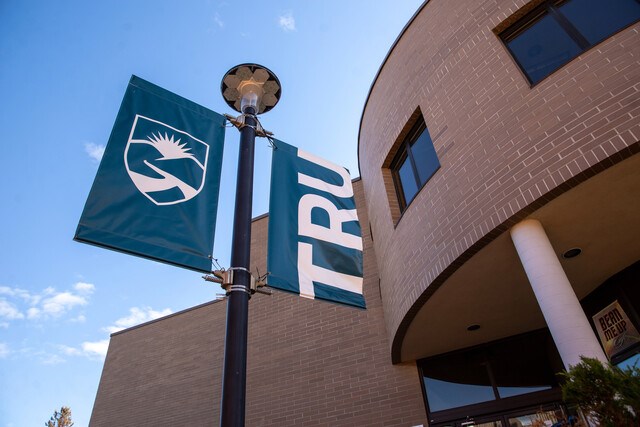Thompson Rivers University officials say the university is in a “solid position” to handle recently announced international student permit caps over the next 12 months.
The university currently has a little more than 4,600 international students on campus, but plans were already in place looking to bring that number down to 4,000.
“That decrease was anticipated to take approximately five years to work towards, however that move back to 4,000 has been accelerated,” said Matt Milovick, TRU's vice-president of administration and finance, during the university’s board of governors meeting on Friday.
“We were always planning to work back toward that number because it's been recognized through our strategic enrolment management work that that is the nicest balance for us between domestic and international students.”
The university is currently projecting an $18 million surplus this year thanks to approximately 80 vacant positions and an extra 600 international students.
While the university is confident that it will continue to see surpluses over the next year or two, predictions past the 2025-26 academic year remain uncertain.
“We're now moving into a fiscal environment where we can anticipate that 1,800 international students could potentially leave TRU by late 2026,” said TRU provost Gillian Balfour during the meeting.
“Without our ability to create relevant and meaningful graduate level programming by 2026, we are at significant risk of a deficit.”
A less-desirable destination?
Milovick said "Canada's brand" may also take a hit overseas, which could mean even fewer international students seeking seats at TRU.
"You have to expect that the international numbers are going to decrease not just because of the quota, but the hit to the Canadian brand," Milovick said.
"I think by '26-27, '27-28, we better be well on our way to rebalancing our academic offerings to keep us essentially above the line."
The university’s draft budget is currently projecting an $11-million surplus for 2024-45 and over $12 million for 2025-26, although Milovick said these numbers were drafted before the announcement in January and will likely change by March.
“I would say right now that this is probably the rosiest scenario that we can imagine, I suspect it will look a little bit different in March,” Milovick said at TRU’s senate meeting on Monday.
“You can look at the years and it is a pretty solid position going forward. But again, that assumes that everything holds as things are right now. Hard to imagine that that will be the case.”
Balfour said the university’s enrolment strategy is looking to ramp up domestic enrolment which has been steadily declining over the past couple of years. She said the university is currently sitting at a 75 per cent utilization rate for domestic students.
The university has implemented interim fiscal measures in the wake of the announced international student permit caps — including a partial hiring freeze and a pause on big-money campus capital projects.
Compared to last year, international applications have fallen from a 34 per cent decrease in January to 40 per cent this month, and admissions fell from 24 per cent less to 36 per cent less year over year.
The provincial government will have until the end of March to decide how the limited number of permits will be allocated across the province.
“We should have much more to say. We should have some clarity by the end of March,” Balfour said.




